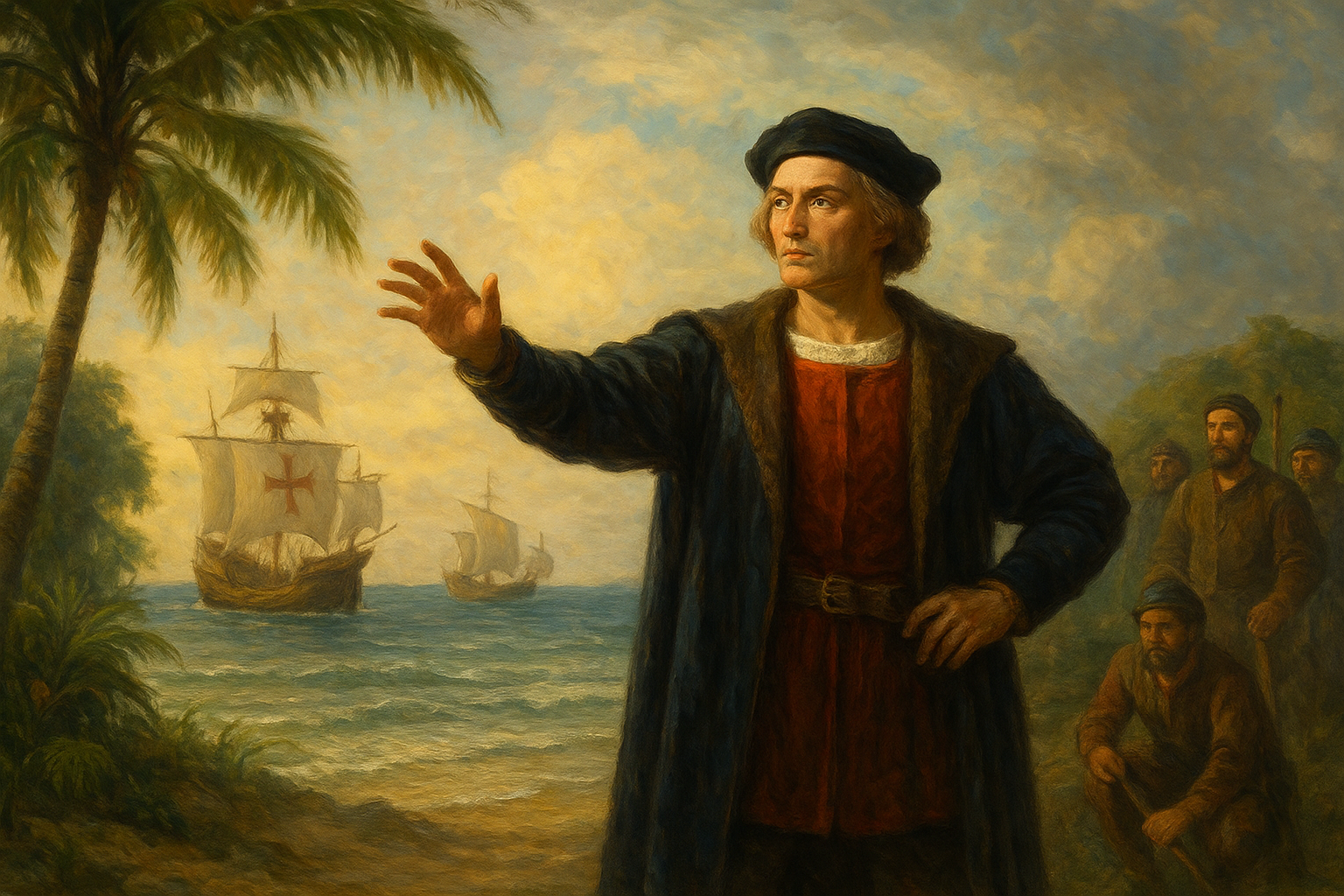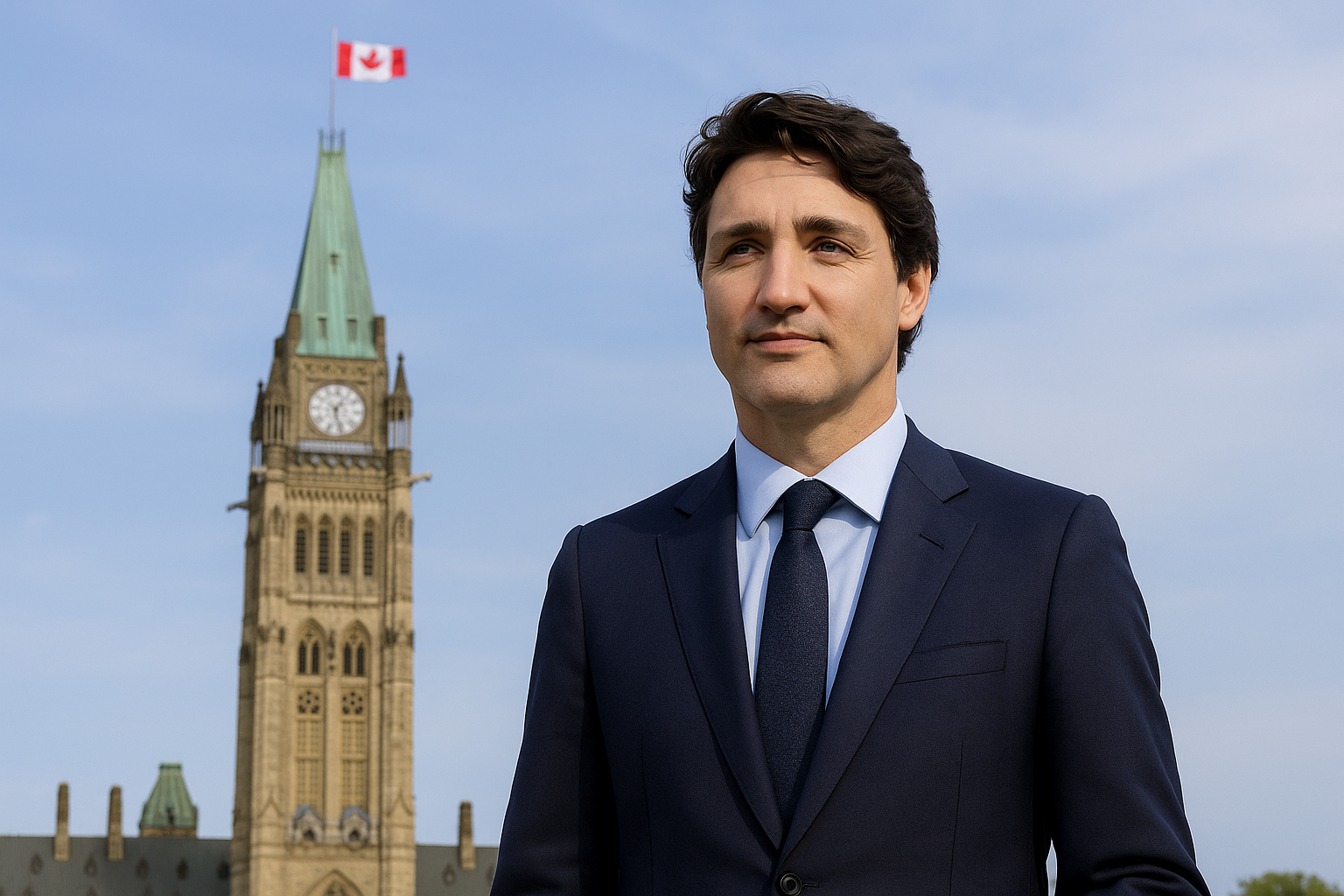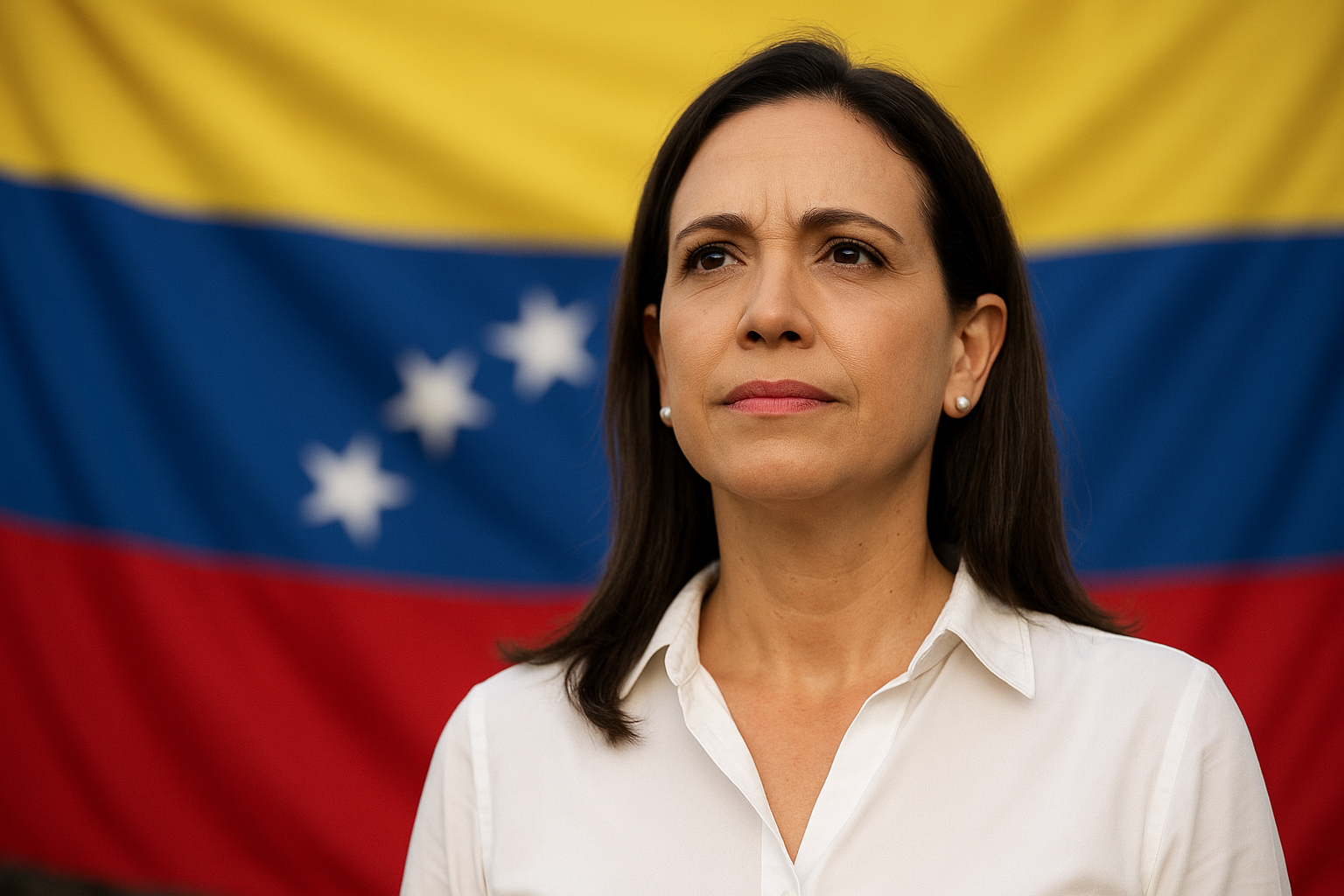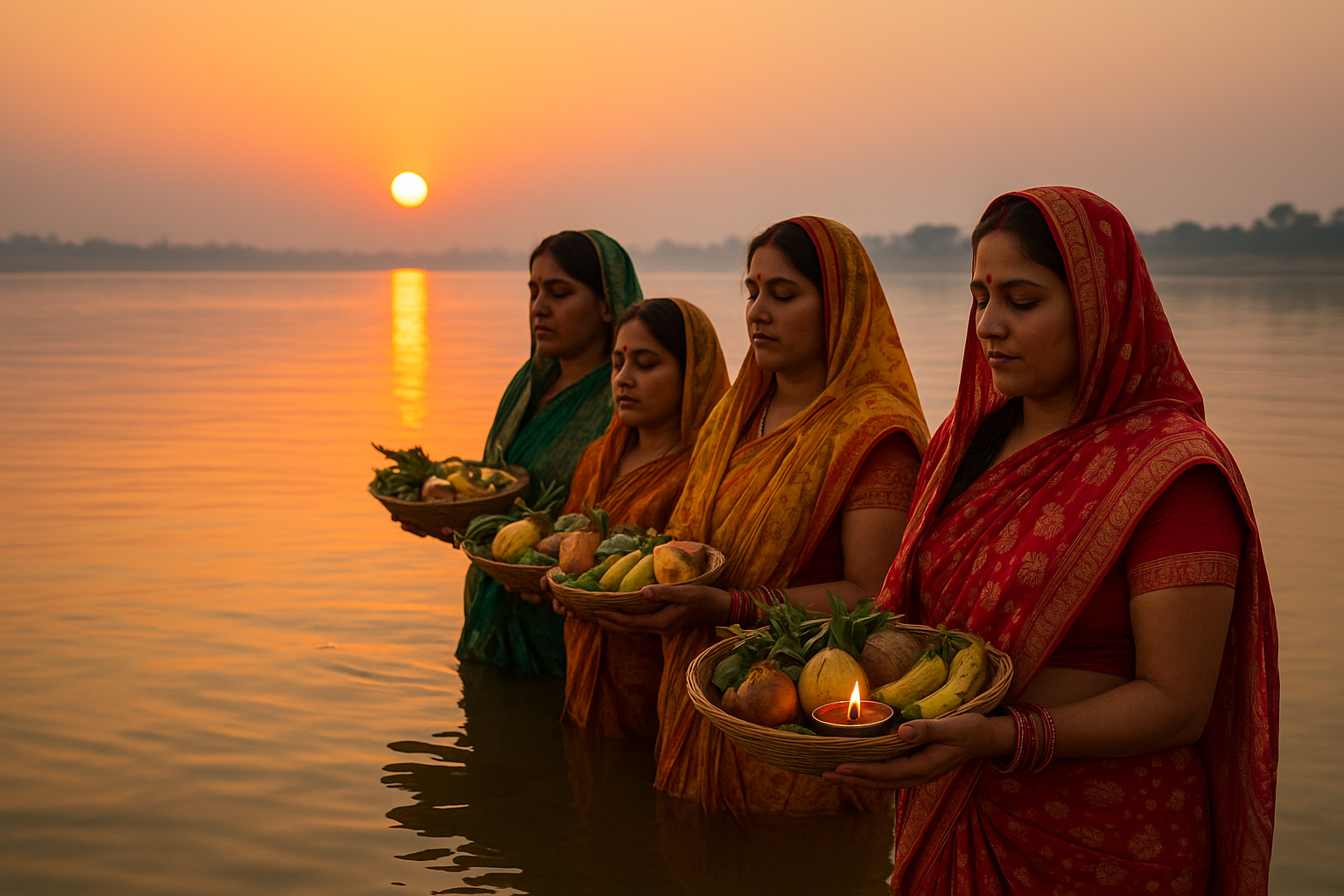-
Varinder Singh Ghuman — the life, the rise, and sudden loss
Varinder Singh Ghuman emerged as one of India’s most recognisable bodybuilders — a towering, muscular figure who crossed over into films and inspired many aspiring athletes. His passing on 9 October 2025 shocked the fitness and film communities. Below is a factual, balanced account of his life and career, what is reported about the cause…
Written by

-
Pt. Chhannulal Mishra — The Voice of Banaras
Introduction Pandit Chhannulal Mishra (3 August 1936 – 2 October 2025) was one of the most beloved and authoritative voices of the Banaras tradition of Hindustani classical music. Renowned for his command over khayal and the Purab-ang (the eastern style) — especially Thumri, Dadra, Kajri and Chaiti — he combined rigorous classical training with intense…
Written by
-
How the U.S. Government Works: Federal and State Roles
Introduction The United States government is one of the most influential democratic systems in the world. It operates under the principle of federalism, where power is shared between the national (federal) government and the individual state governments. This structure ensures a balance between unity and regional autonomy, preventing either level of government from becoming too…
Written by






